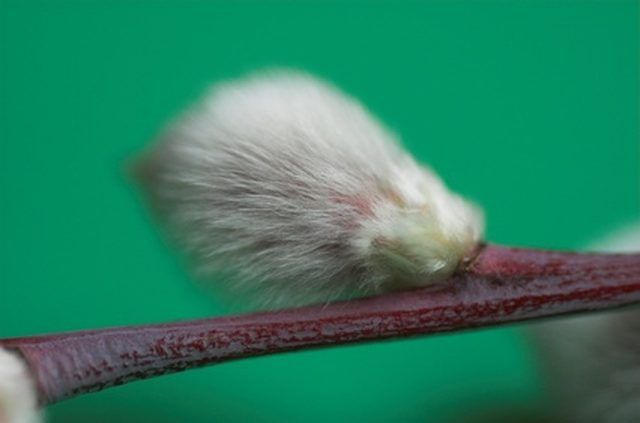Bulbs
Flower Basics
Flower Beds & Specialty Gardens
Flower Garden
Garden Furniture
Garden Gnomes
Garden Seeds
Garden Sheds
Garden Statues
Garden Tools & Supplies
Gardening Basics
Green & Organic
Groundcovers & Vines
Growing Annuals
Growing Basil
Growing Beans
Growing Berries
Growing Blueberries
Growing Cactus
Growing Corn
Growing Cotton
Growing Edibles
Growing Flowers
Growing Garlic
Growing Grapes
Growing Grass
Growing Herbs
Growing Jasmine
Growing Mint
Growing Mushrooms
Orchids
Growing Peanuts
Growing Perennials
Growing Plants
Growing Rosemary
Growing Roses
Growing Strawberries
Growing Sunflowers
Growing Thyme
Growing Tomatoes
Growing Tulips
Growing Vegetables
Herb Basics
Herb Garden
Indoor Growing
Landscaping Basics
Landscaping Patios
Landscaping Plants
Landscaping Shrubs
Landscaping Trees
Landscaping Walks & Pathways
Lawn Basics
Lawn Maintenance
Lawn Mowers
Lawn Ornaments
Lawn Planting
Lawn Tools
Outdoor Growing
Overall Landscape Planning
Pests, Weeds & Problems
Plant Basics
Rock Garden
Rose Garden
Shrubs
Soil
Specialty Gardens
Trees
Vegetable Garden
Yard Maintenance
Blue Arctic Willow Tree
Blue Arctic Willow Tree. The Blue Arctic willow (genus: Salix; species: purpurea), also known as the purple or basket willow, can serve an ornamental or structural purpose, by creating a contrast to the surrounding scenery with its blue to purple leaf color, or by acting as a privacy hedge. Yet, this plant is not perfect, and does have upkeep and...

The Blue Arctic willow (genus: Salix; species: purpurea), also known as the purple or basket willow, can serve an ornamental or structural purpose, by creating a contrast to the surrounding scenery with its blue to purple leaf color, or by acting as a privacy hedge. Yet, this plant is not perfect, and does have upkeep and management issues, which should be considered prior to purchase.
Features
The Salix purpurea is considered a shrub, due to its size and appearance. A mature purpurea can reach an average height and width of 10 to 12 feet. The shrub is composed of densely-packed leaves and twigs. The tops of the leaves are blue to bluish-green in color, and the undersides silver to white. Leaves are 1 to 4 inches long. In the summer, the leaves take on a darker blue-green color, while in autumn, their color nears bluish-black. Female plants produce fruit, too small to be considered ornamental, which do produce seeds. Twigs are thin, less than 1/8 inch in width, and are bluish to purplish-red in color leading up to maturity, where they turn a whitish-silver and produce buds.
Climate and Habitat
The purpurea is durable, and can survive in conditions ranging from full sun to partial shade. Its native habitat ranges from Southern Europe to Northern Africa, and eastwards, in Asia and Japan. These areas represent USDA hardiness zones 3 to 6, which translate to most areas of North America. And while the shrub does prefer well-watered soils, it can thrive in drought-like conditions, or in soils which have a low pH (below 5.0) or high pH (above 6.5).
Positive Aspects
The hardiness of the purpurea, combined with rapid growth and a strong root system, make it an ideal solution for gardeners who live in areas that have been inhospitable to other plants.
Negative Aspects
The purpurea, in addition to being an aggressive grower, also has a deep root system, which can extend below ground 8 to 10 feet in every direction. This root system can cause problems with those of nearby plants, by cutting off possible areas of water retention. Because of this, a purpurea should have a planned area for planting, which has a boundary of at least 4 to 6 feet.
Considerations
The purpurea may suffer in areas that produce intense heat combined with high humidity, such as in south to southeastern North America. A smaller variety of Salix purpurea--the Nana, or Dwarf Blue Arctic Willow--is a smaller version of the common purpurea. To maximize growth and longevity of life, the purpurea should be pruned regularly. The common practice is to trim the shrub back to a mature size, such as 8 to 10 feet.